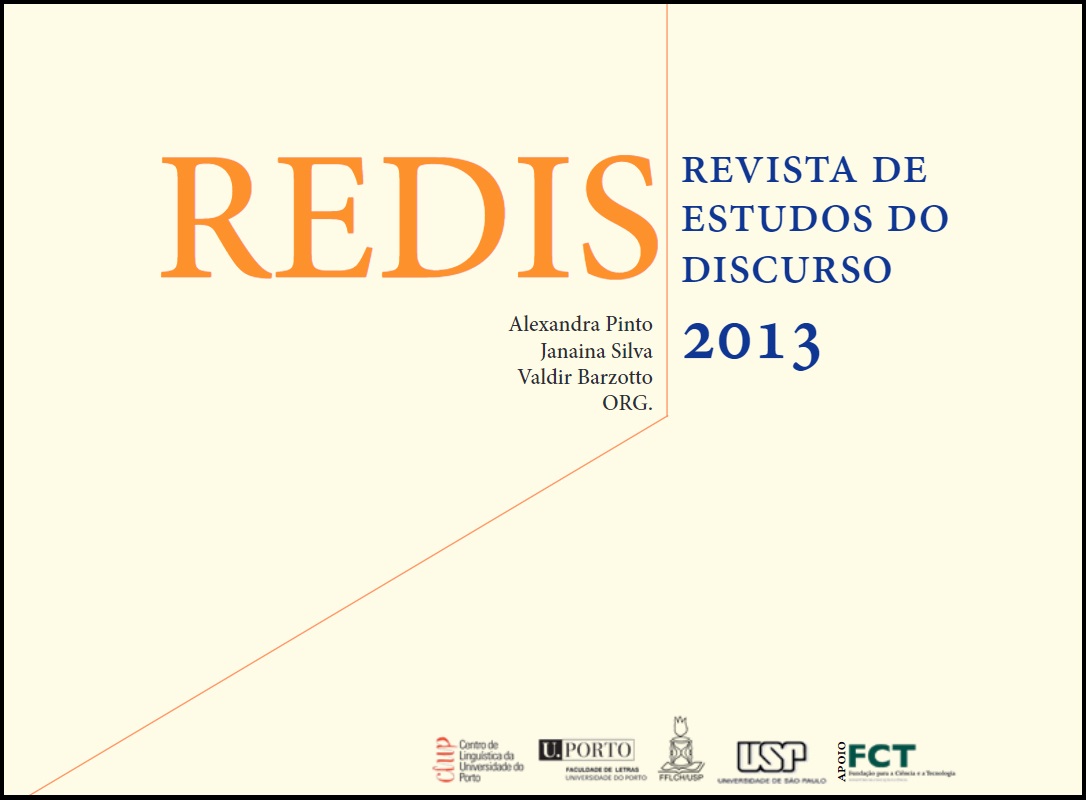Aphorisation et cadrage interprétatif
Abstract
Most linguists consider that utterances are basically texts, units above sentence level, associated with genres of discourse, and that sentences which do not belong to texts are a peripheral phenomena: sayings, maxims, slogans…. In this article I claim that speech can function under two regimes: the aphorizing regime, i.e. the regime of sentences which are independent of textuality and genericity. In the aphorising regime one must make a distinction between “primary” (which have not been detached from a text) “secondary (detached from a text) aphorisations. After having focused on the main pragmatic properties of aphorisation, in particular on the properties of the aphoriser (the “enunciator” of an aphorisation), I propose to classify the various kinds of the secondary aphorisations according to the “framing” in which they are put in order to be interpreted. An aphorisation can be interpreted in various ways, according to the “framing” it is referred to: “informational”, “testimonial”, “historical”, “sapiential”.
Downloads
Published
How to Cite
Issue
Section
License
The authors give to REDIS. Revista de Estudos do Discurso the exclusive right to publish its texts, in any medium, including their reproduction and sale in paper or digital format, as well as their availability in a free access regime in databases.
















